Location:
A Historical Overview of Macao
Macao, located in southern China, is a Special Administrative Region known for its unique blend of history and culture. Below is an introduction to Macao’s history, including its world heritage sites:
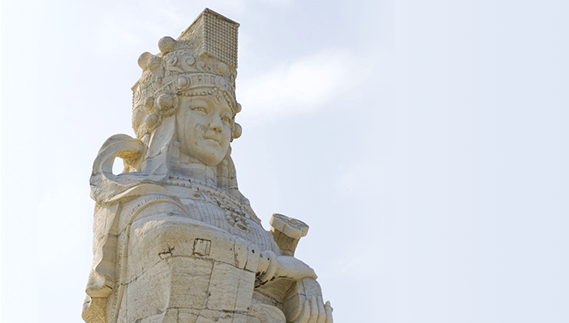
01
Early History
Macao originally began as a small fishing village, once known as “Hou Keang” or “Hou Keang Ou”. The name “Ou” refers to a bay or cove, while the village was famous for its oysters, whose shiny shells resembled mirrors, leading to names like “Hou Kong,” “Hoi Keang,” or “Keang Hoi.” Macao’s name is also associated with a Chinese goddess, Tin Hau (also called A-Ma), revered by fishermen for calming a storm and protecting them from danger.
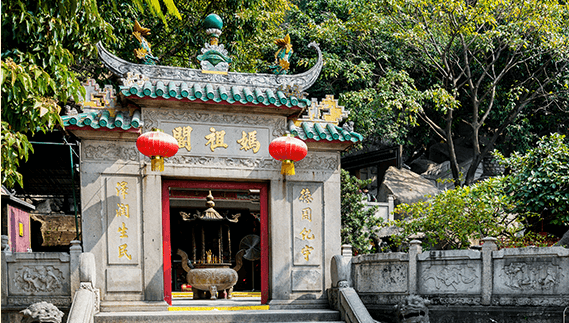
02
The Arrival of the Portuguese
In the mid-16th century, the Portuguese arrived in Macao and asked the locals for the name of the place. The residents mistakenly thought they were referring to a temple and replied “Maa Gok” (A-Ma Temple), which the Portuguese adapted into “Macau,” becoming the origin of Macao’s Portuguese name.
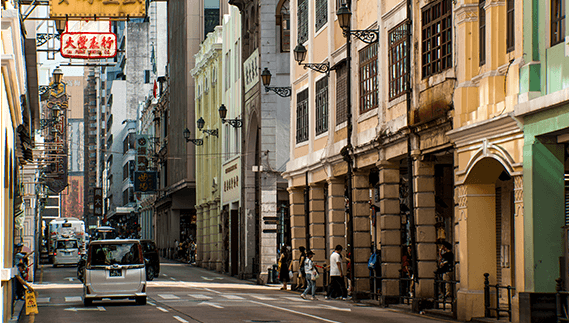
03
Cultural Fusion
Over the next 400 years, Eastern and Western cultures blended in Macao, leaving behind a rich cultural heritage. The Historic Centre of Macao is a testament to this fusion, comprising 22 buildings and 8 squares, including A-Ma Temple, the Moorish Barracks, the Mandarin’s House, and St. Lawrence’s Church.
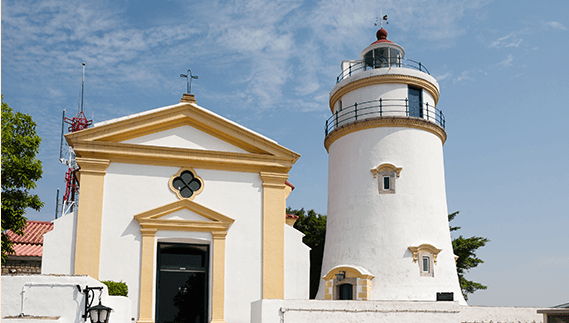
04
World Heritage Site
On 15 July 2005, the Historic Centre of Macao was inscribed on the UNESCO World Heritage List for its historical, cultural, artistic, and architectural significance, meeting the criteria under UNESCO’s criteria (ii), (iii), (iv) and (vi).
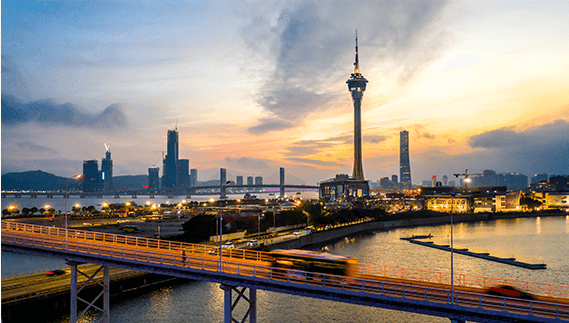
05
Modern Macao
On 20 December 1999, Macao was returned to China, becoming a Special Administrative Region of the People’s Republic of China. Under the “one country, two systems” policy, Macao exercises a high degree of autonomy and enjoys executive, legislative and independent judicial power, including that of final adjudication while preserving its unique social and economic identities.
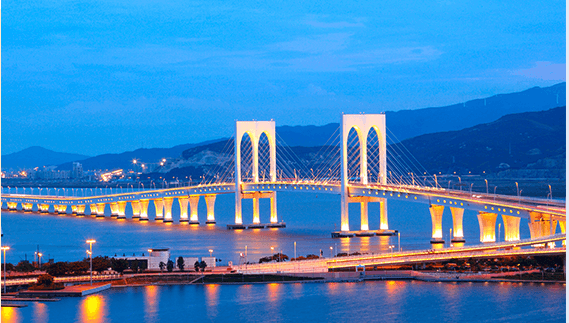
06
An International City
Macao has developed into an international city, renowned for its tourism. It is one of the most densely populated places in the world and one of Asia’s regions with a high per capita income.
Conclusion
Macao’s history is a microcosm of East-West cultural exchange. Macao’s World Heritage Site not only stand as witnesses to history but also as symbols of its multicultural identity. Whether through ancient temples, churches, or Portuguese-style buildings, visitors are left with a sense of Macao’s distinctive historical charm.
Source: Macao Government Tourism Office

